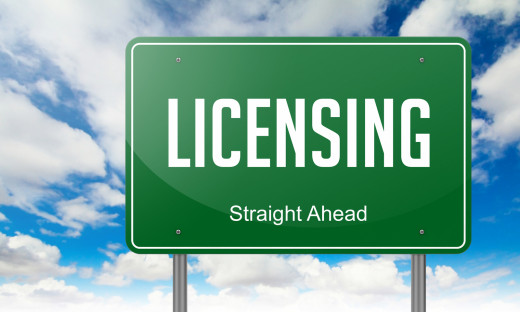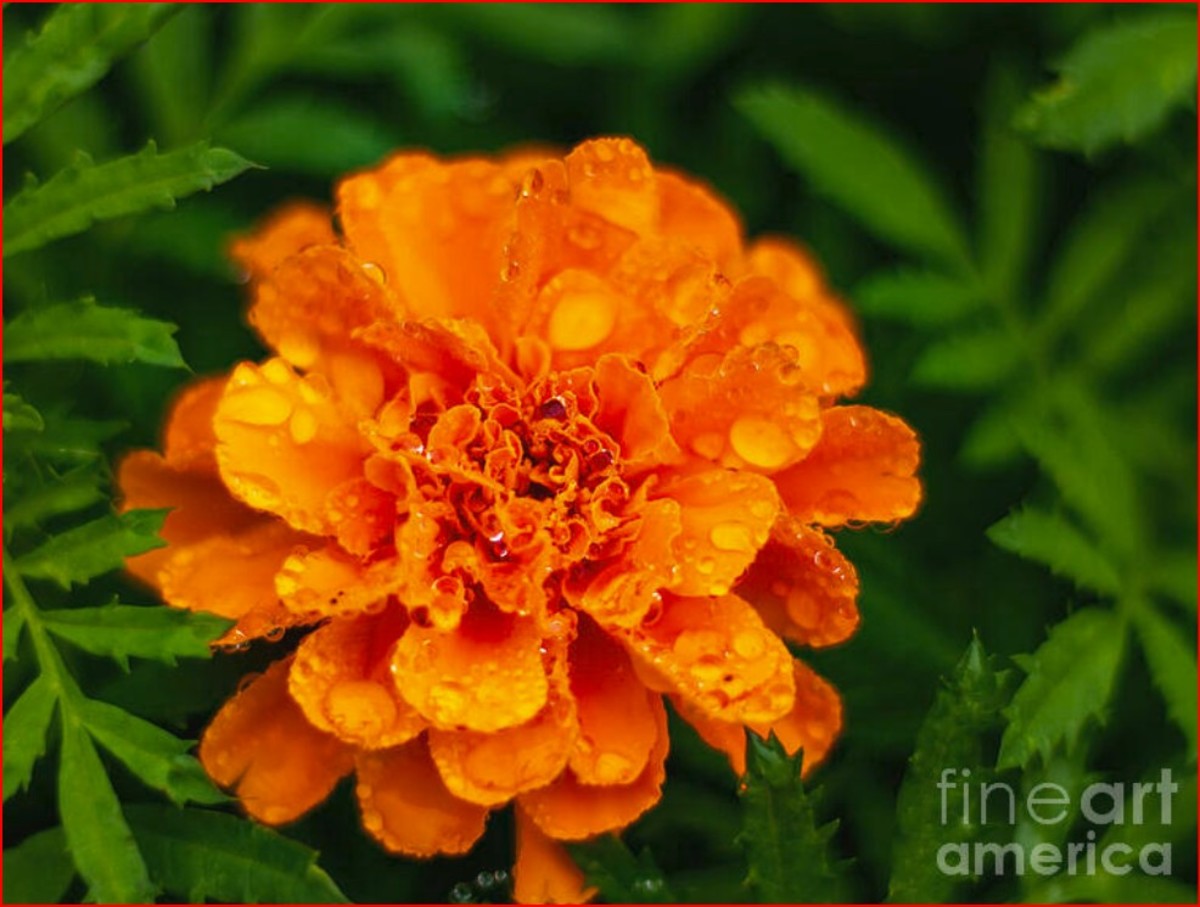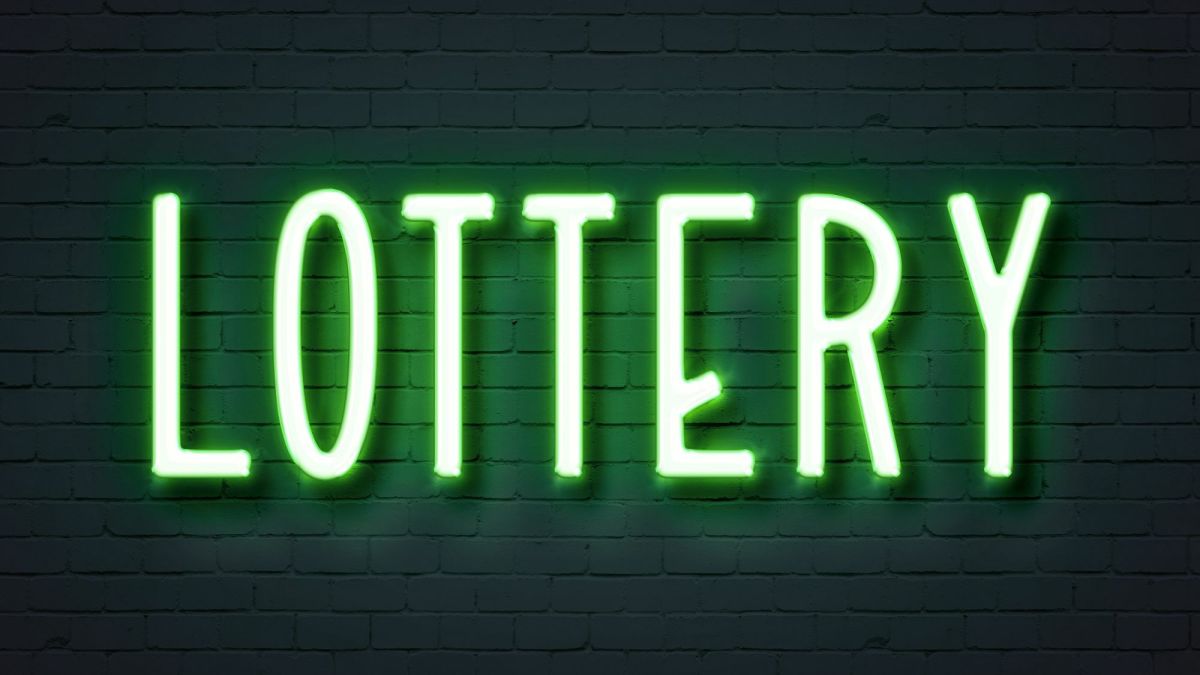What You Need to Know About Patents

Protecting Your Intellectual Property
Patents, trademarks, copyrights and trade secrets are the four legal remedies we use to protect our intellectual property from those among us who wish to steal our creativity and innovation. It is up to us, the intellectual property owners, to defend our creative labors and safeguard them from misuse and/or theft. Just incase you were wondering, there aren’t any intellectual property police out there patrolling the marketplace seeking out offenders. It is up to you, the individual entrepreneur to understand the laws, safeguard your intellectual property assets and initiate litigation if your intellectual property rights are infringed upon or violated.
Let’s start with patents. A patent is a grant from the federal government conferring the rights to exclude others from making, selling or using your invention for the term of the patent. You, the owner of the patent, are granted a sort of legal monopoly for a defined period of time in which exclusive rights of said invention belong to you. Sounds pretty easy, eh? Guess what…it’s not that simple, let me explain. The expensive patent you were just awarded by the federal government does not give you the right to make, use or sell the invention, it gives you the right to exclude others from making, using or selling the invention. Confused yet? Ok, when granted a patent it is natural to assume you can start making and selling the invention immediately, right? Well, you cannot. There is a caveat to consider. You can only start production after you make sure no other patents are infringed upon by doing so.
Maybe this will help clear it up. Many patents are awarded for inventions that are improvements of existing inventions or incorporate other patented things to make yours work, which is perfectly legit because our patent system allows for such improvements to be patented but only with the permission of the original inventor.
Let’s say you obtained a patent on a new kind of door lock. The tumblers are arranged in a new and unique way so as to make your new lock very special and desirable. Your new door lock uses a key that cannot be copied and the lock cannot be picked. You are now set for production with this revolutionary new lock. Well, before you start production, you have to contact the person or company who owns the patents on the individual tumblers that you used to create your unique tumbler pattern. You must have written permission from them and this usually involves paying a licensing fee to them in exchange for their consent. Of course this is an hypothetical example, but I hope you get the general idea put out here.

There are three different types of Patents. They are called utility patents, design patents and plant patents.
A utility patent is the most common form of patent and describes what I just mention in the paragraphs above. A utility patent is generally granted to someone who discovers or invents a new or useful process, a new or useful machine, composition of matter or manufacturing process or any new and useful improvement of said things. A utility patent is granted for twenty years and after that, it falls into the public domain for general use by anybody. Utility patents have a sub category called a ‘business method patent’. This is a patent that has mainly come about with the internet revolution that we all know and love so much. This is a patent that protects an invention that facilitates a method of doing business. Business methods, mathematical algorithms and software fall into this category.
The second most common patent is called a design patent. Design patents cover the invention of new, original and ornamental designs used for manufactured products. These patents last for fourteen years and are used primarily to protect the way a product looks. The third type of patent is called a plant patent and it protects new varieties of plants that can be reproduced asexually. Which means the plants are reproduced by grafting or crossbreeding rather than by planting a seed. Plant patents last for twenty years.
Who can apply for a patent? Only the inventor can apply and if it is a joint effort then it must be applied for jointly. There are two exceptions. The first one is when an invention is created during the course of employment to a company or firm. When this occurs, typically the employer is assigned the rights to apply for the patent through what is called an ‘assignment of invention agreement’, which would have been signed by the employee when he/she started working for the company. The second exception is that an inventor has the option of selling his or her patent rights to a second party or individual. This is traditionally done when a person is possibly in the business of being an inventor or a firm does not wish to pursue the expense of obtaining a patent for various reasons.

The process of obtaining a patent is a six step process. Depending on the situation, a patent can cost a person or firm approximately $5000 to $50,000 dollars. The following is a list of the six steps you need to consider:
Step 1 - Make sure the invention is practical. Be sure it will have independent value in the marketplace and it is directly related to achieving a competitive advantage for you or your company.
Step 2 - Document when the invention was made. This is generally done with an invention logbook where you will have written down all the important information pertaining to the invention. For example, when was it thought of and which dates did you conduct your first experiments? When did you have a working prototype? Etc. etc.. All these little details are important to document because in the United States, we adhere to the ‘first to invent’ rule rather than the ‘first to file’ rule.
Step 3 - Hire a patent attorney. Shy away from the do-it-yourself books that are out there. Patents can be very complicated and considering the cost to acquire one, it is recommended you spent the money and hire an attorney who specializes in patent law.
Step 4 - Conduct a patent search. To have an invention patented, it must first be novel and different enough from what already exists out there in the world. This is something your attorney generally does because it takes hours and hours to complete but you can take a gander over at www.uspto.gov .
Step 5 - File a patent application. These applications are highly technical and almost always require expert help. This is where you will really need your patent attorney.
Step 6 - Obtain a decision from the U.S. Patent and Trademark Office. Your patent application will be given a serial number and a person assigned to examine it. The examiner will investigate the application and issue a written report called an ‘office Action’ which usually means that he/she wants you to make some sort of adjustments or modifications to the application and re-submit. This process can go back and forth as the process evolves to a yes or no determination.

As of the writing of this article, I believe there is at least a three year waiting period for patents to be examined and currently, Congress is working on a bill to speed up the process.
Last but not least is the world of Patent infringement. Patent infringement takes place when one party engages in the unauthorized use of another party’s patent. Remember what I said at the beginning of this article? It is up to you, the patent holder to pursue litigation against any possible infringers. The difficult thing about litigation is it is usually very expensive and that puts small companies and individuals at a severe disadvantage when it comes to defending their patent against larger, more powerful companies. According to ‘Fortune Small Business’, a typical patent-infringement suit costs each side at least $500,000 to litigate.
* Information and research for this article came from the text book… Entrepreneurship, Successfully Launching New Ventures, Second Edition 2008, Bruce R. Barringer, R. Duane Irland, Pearson, Prentice Hall Publishing.*
© 2011 Jamie Page








